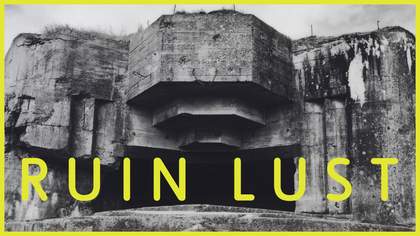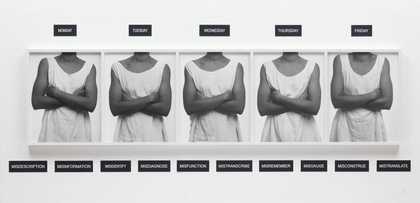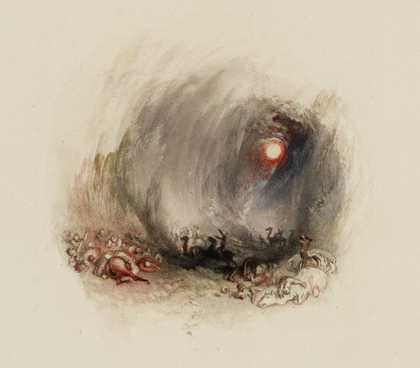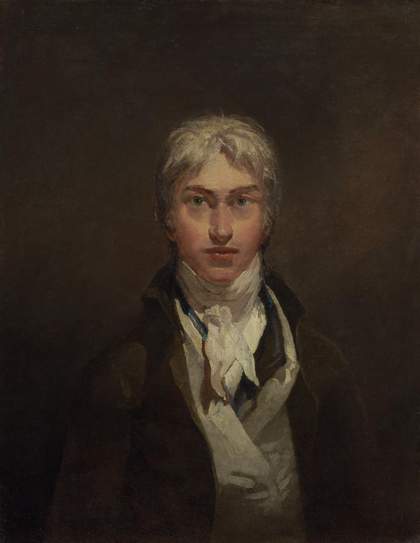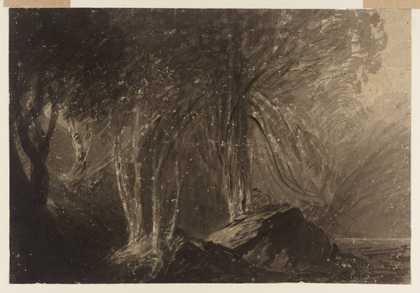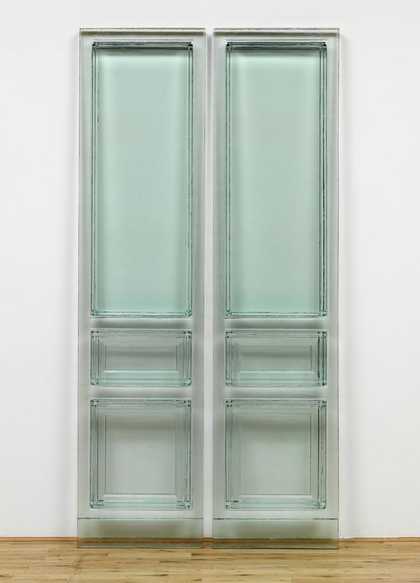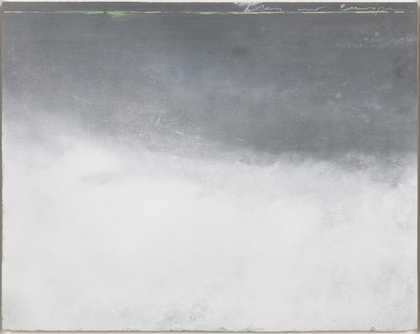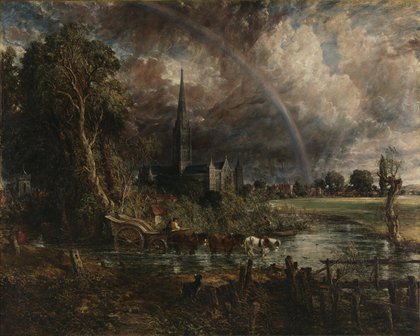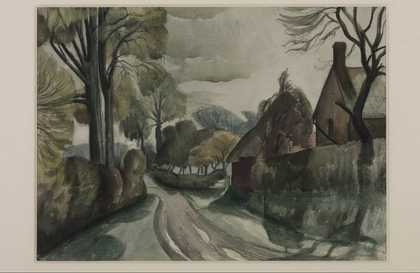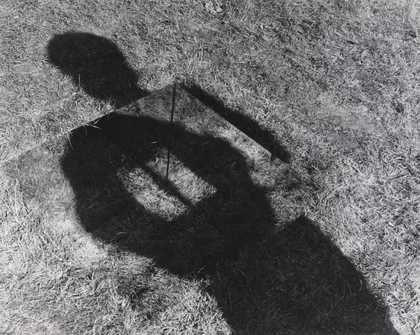We often think of our cities and towns as machines for living and working in, only seeing their real workings when these tools break. This five-week course explores the built environment’s broken tools through British art and literature’s long and illustrious love affair with ruins. Why, in a period of such intense newness as the 21st century, do we lust more than ever after these symbols of disappearance and loss?
With special after-hours access to Tate Britain’s newly refurbished and re-hung galleries and the exhibition Ruin Lust, Reading Ruins examines works by artists from J.M.W. Turner and John Martin to Rachel Whiteread and Tacita Dean. We will complement our ‘reading’ of these artworks with work by writers who have explored ruins as both an idea and a reality – from romantic poets and 20th-century experimentalists to today’s crop of psychogeographers: Byron and Wordsworth to Iain Sinclair and Laura Oldfield Ford.
Through this course students will imagine new connections between visual art, literature, and both the built and natural environments. We will see how each informs our understanding of the others, with the concept of ruins as our touchstone.
Justin Hopper is a writer whose work explores the intersection of landscape, memory and myth.
Week One: A Shattered Visage
In our first session we explore the origins of ‘ruin-lust’ in 18th- and 19th-century British art and writing. What do the picturesque landscapes of J.M.W. Turner and John Constable have in common with the romantic poets? Are there signs of ruins in artworks not explicitly concerned with the subject? And where do these impulses intersect with the cultural world we live in today?
Week Two: The Great Day of His Wrath
This session takes an expanded view of ruins to include the apocalyptic and post-apocalyptic: John Martin’s massive canvases are overt interpretations of His Wrath, and the subtler vision of long-ago apocalypse in John Nash’s mysterious landscapes. Can we search for the same disappeared culture in the rambles and writings of Hilaire Belloc, Edward Thomas and Robert Macfarlane?
Week Three: To Dispel a Great Malady
Looking at the world through the lens of environmental change how does the concept of ‘ruins’ change for today’s artists, writers and readers? In this third session we discuss what ruins mean in a time of potential catastrophe, and see the ironic optimism in them – the potential for change, and the knowledge that things were not always as they are today. Our guides include artists Patrick Keiller and Tacita Dean, and writer and philosopher Timothy Morton.
Week Four: After London
London itself has long been the subject of ruinous speculation – from Joseph Gandy’s 1830 sketches of the (then new) Bank of England in ruins, to Alan Moore’s graphic novel V for Vendetta or films such as Children of Men. This session looks at artistic and literary visions of London in ruins, including Laura Oldfield Ford’s Savage Messiah, and we discuss the newly refurbished Tate Britain as a potential future ruin.
Week Five: The Unofficial Countryside
For our final session we look at a very different kind of ruins: the modern edgelands that ring our cities and soft corners of the countryside. Industrial brownfields, landfills, suburbs: Are these the ruins of our modern age? Artists and writers such as Keith Arnatt, Richard Mabey and Michael Symmons Roberts guide us on a tour of these in-between worlds reclaimed by nature.

